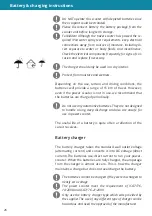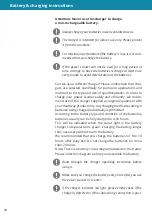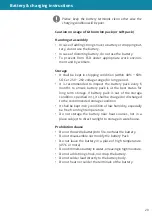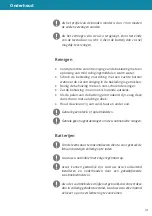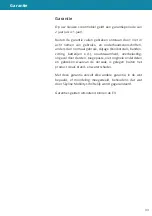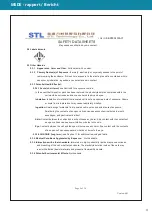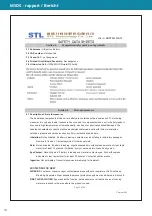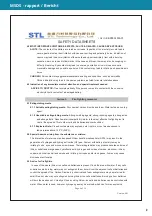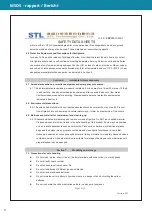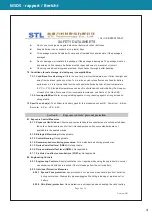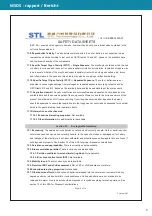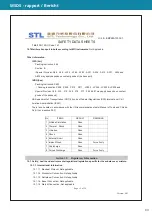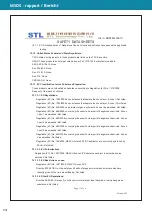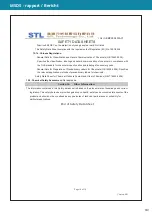
IV
MSDS - rapport / Bericht
SDS ID
:
EBP28A103AC1
SAFETY DATA SHEETS
Page 4 of 14
Version: 001
4.2 MOST IMPORTANT SYMPTOMS & EFFECTS, ACUTE & DELAYED, CAUSED BY EXPOSURE
:
ACUTE:
The contents of the battery are rated as corrosive. Ingestion of the electrolyte could lead to
severe gastrointestinal tract irritation with nausea, vomiting and potentially burns. Inhalation of
vapors may lead to severe irritation of the mouth and upper respiratory tract with a burning
sensation, pain, burns and inflammation in the nose and throat; there may also be coughing or
difficulty breathing. Eye contact may lead to severe eye irritation or in worst case scenario
irreversible damage and possible eye burns. Skin contact may lead to irritation and possible skin
burns.
CHRONIC:
Skin contact may aggravate/exacerbate existing skin conditions, such as dermatitis.
Chronic inhalation may lead to the same symptoms as listed for acute inhalation above.
4.3 Indication of any immediate medical attention and special treatment needed
ADVICE TO DOCTOR:
Treat symptomatically if the person comes into contact with the corrosive
electrolyte liquid contents of a damaged battery.
Section 5.
Fire-fighting measures
5.1 Extinguishing media
5.1.1 Suitable extinguishing media:
Dry chemical, carbon dioxide and foam. Water acts as a cooling
agent.
5.1.2 Unsuitable extinguishing media:
Strong oxidizing agents, strong reducing agents, strong acids
and strong alkalis. Despite water incompatibility, water is the most effective firefighting tool to
control the spread of fire to other cells and batteries and combustibles.
5.1.3 Explosion Data:
Closed containers may explode, burst, rupture or vent when exposed to
temperatures above 120°C (248°F).
5.2 Special hazards arising from the substance or mixture:
The interaction of water vapor and exposed lithium hexafluorophosphate (LiPF6) may result in the
generation of hydrogen and hydrogen fluoride (HF) gas. Contact with battery electrolyte may be
irritating to skin, eyes and mucous membranes. Thermal degradation may produce hazardous fumes of
lithium, cobalt and manganese, hydrofluoric acid, hydrogen and oxides of carbon, aluminum, lithium,
copper and cobalt as well and smoke and irritating, corrosive and/or toxic gases. Fumes may cause
dizziness or suffocation.
5.3 Advice for firefighters:
In case of fire where lithium-ion cells and batteries are present, flood the area with water. If any cells
or batteries are burning, water may not extinguish them, but will cool the adjacent cells or batteries and
control the spread of fire. Carbon Dioxide, dry chemical and foam extinguishers may be preferred for
small fires, but also may not extinguish burning lithium-ion cells or batteries. Burning cells or batteries
will burn themselves out. Virtually all fires involving lithium-ion cells and batteries can be controlled with
water. When water is used, however, hydrogen gas may be evolved which can form an explosive
Содержание Tube+
Страница 1: ...05 2022 TUBE Gebruikershandleiding User Manual ...
Страница 50: ......
Страница 51: ......


